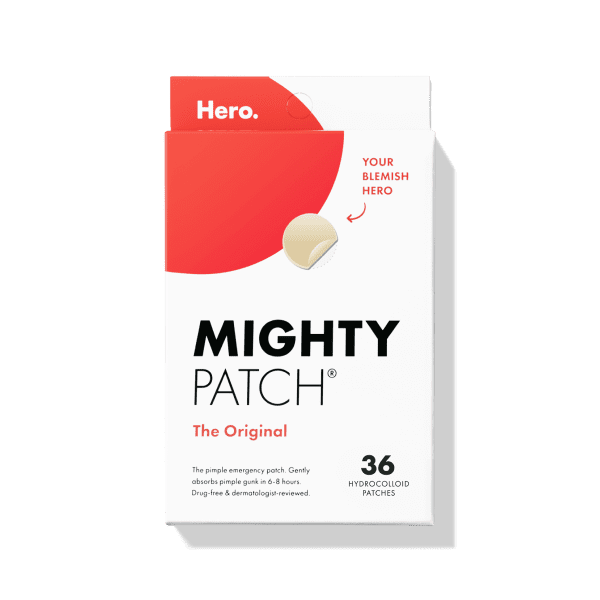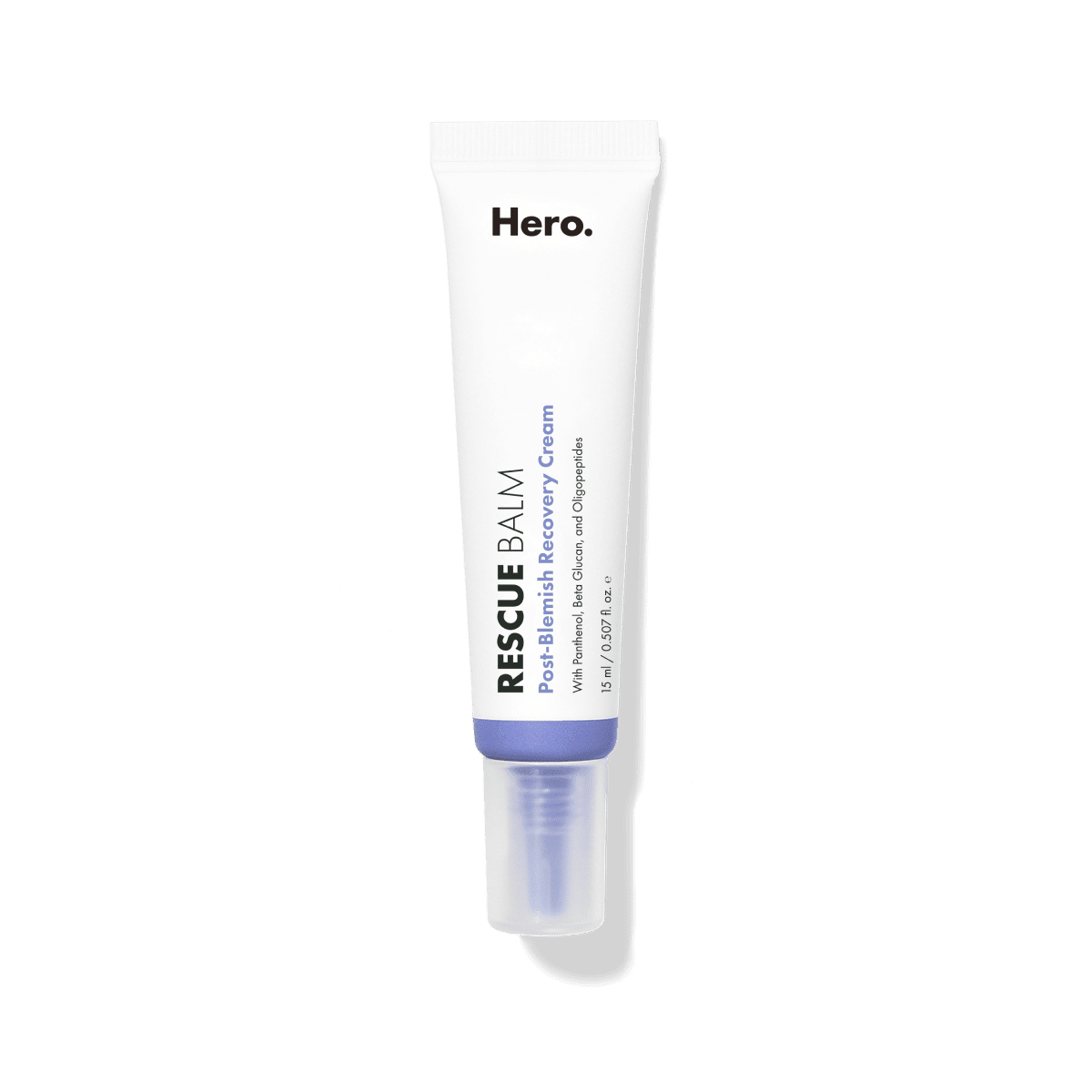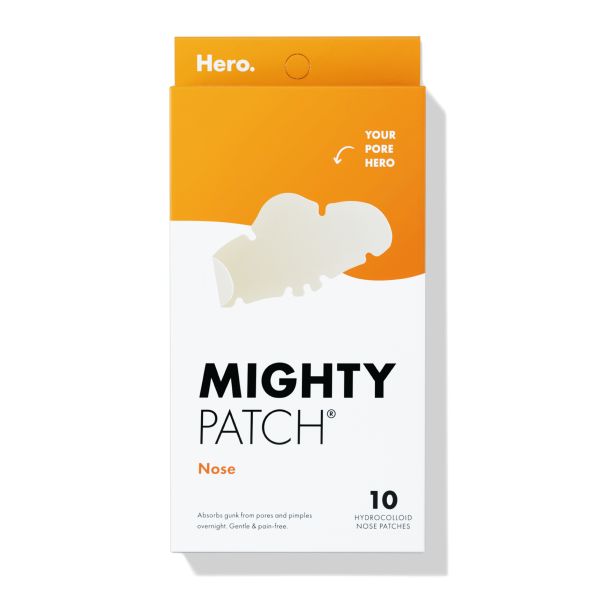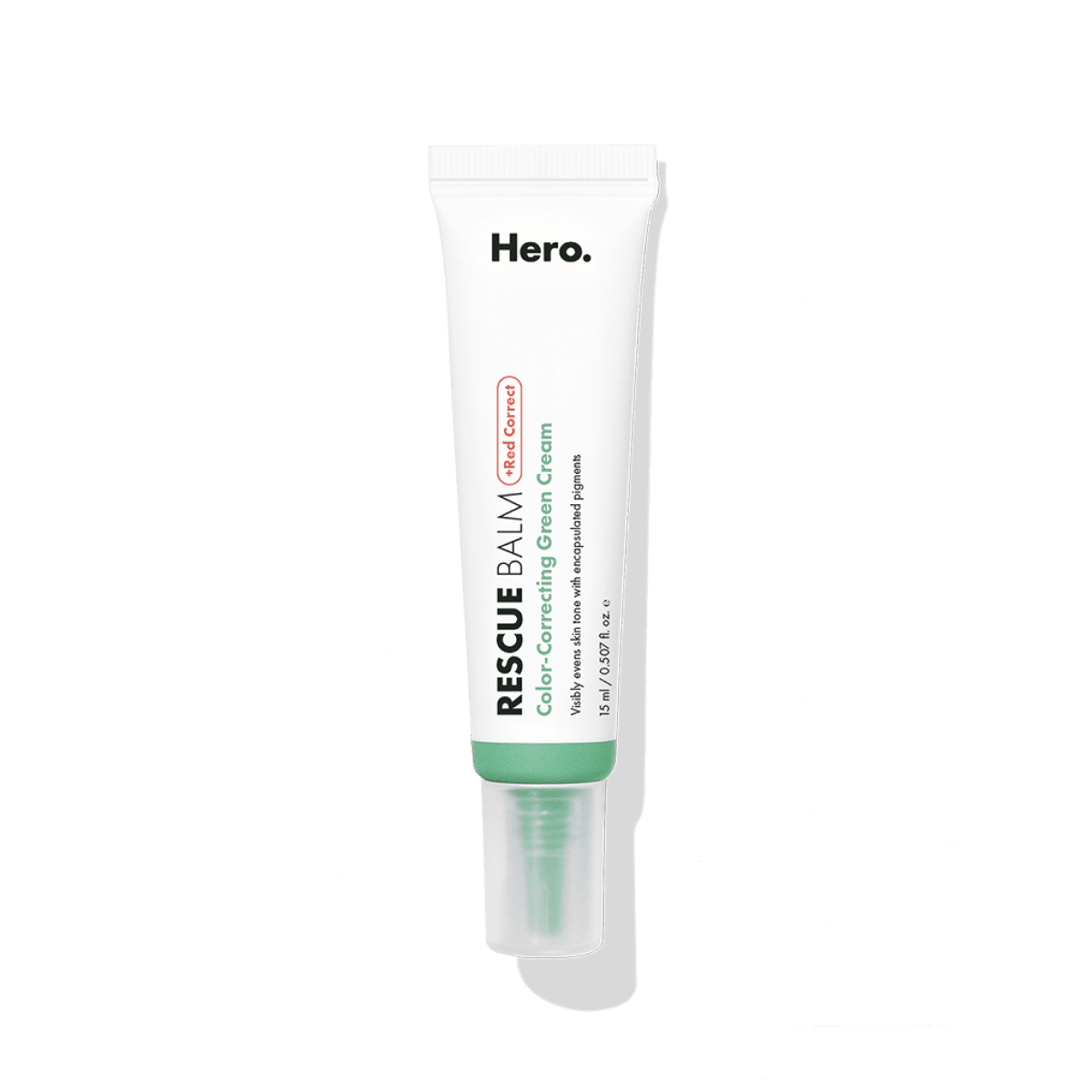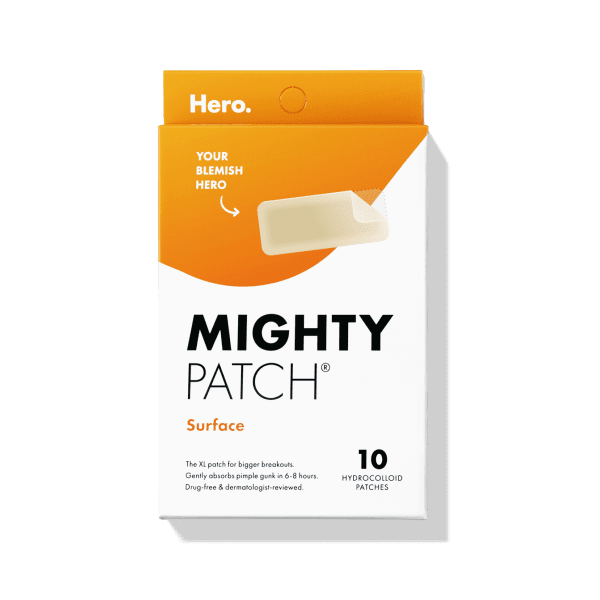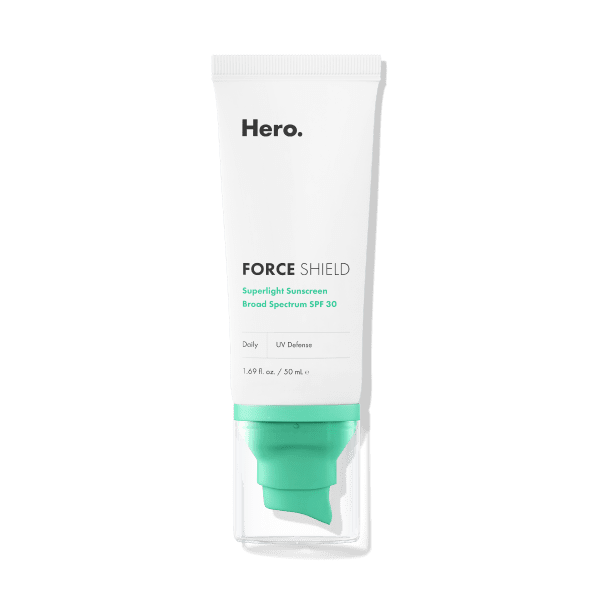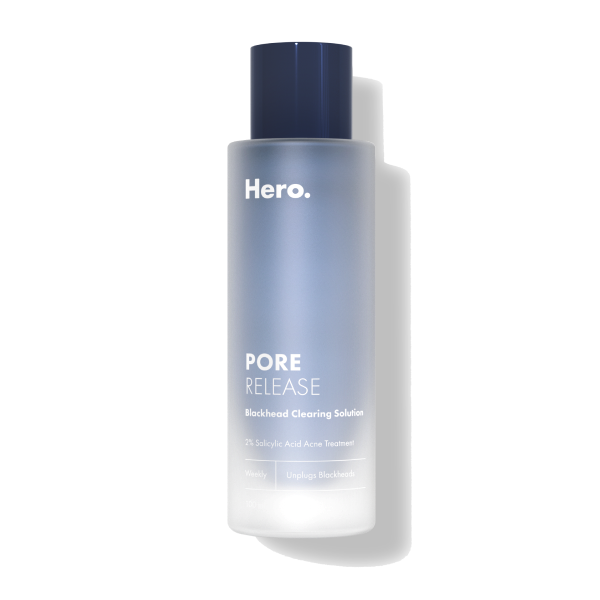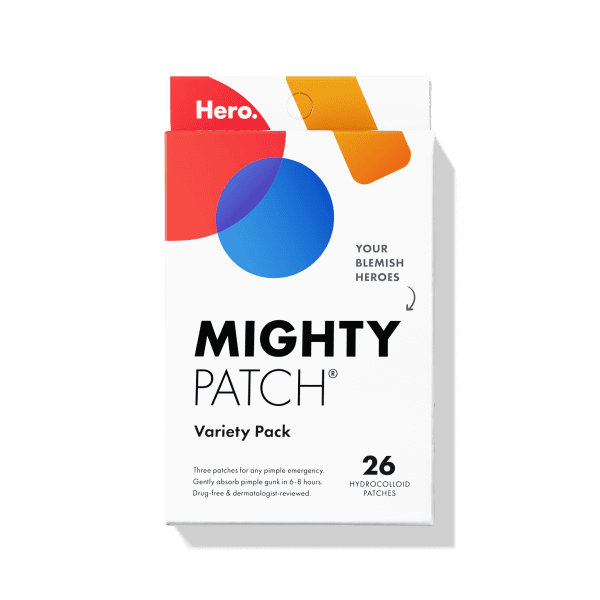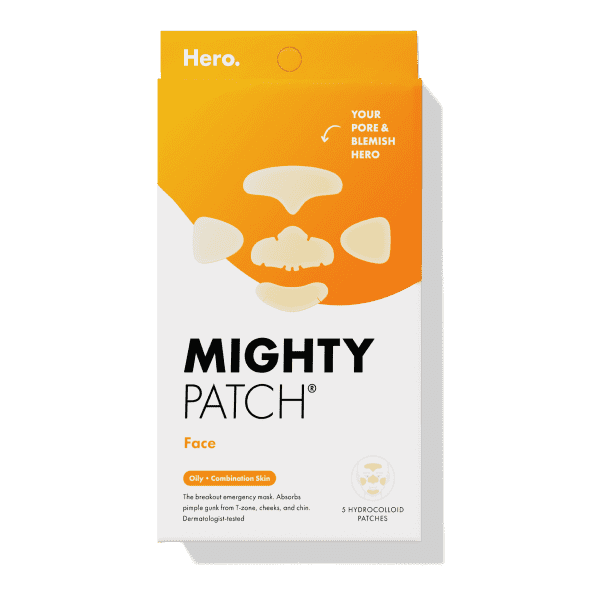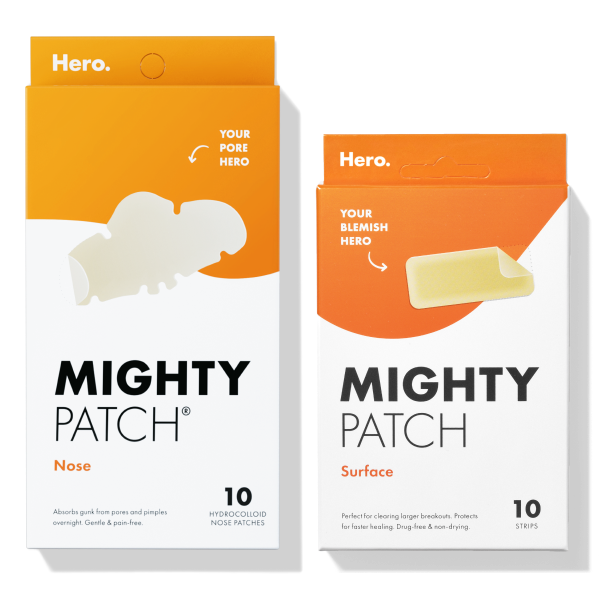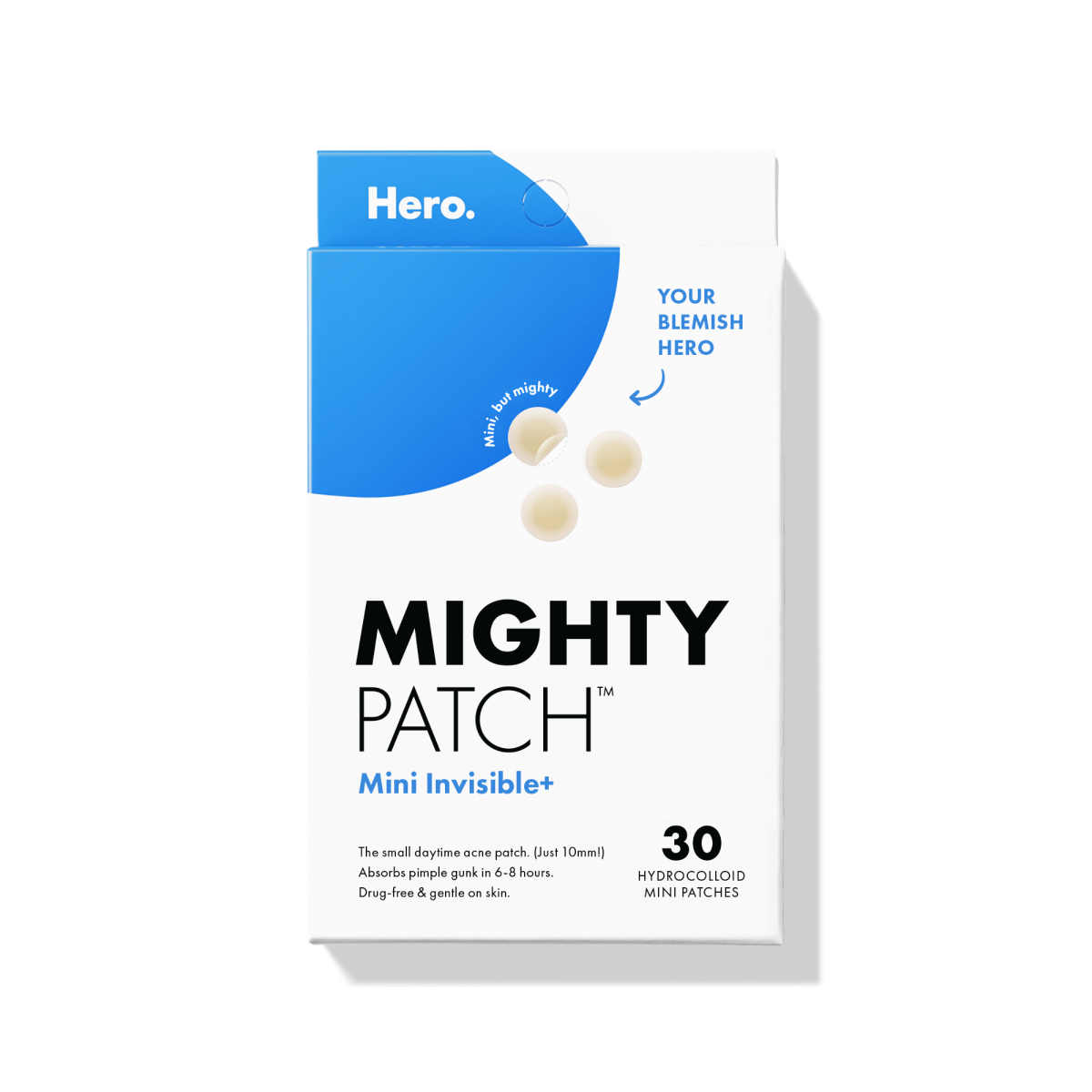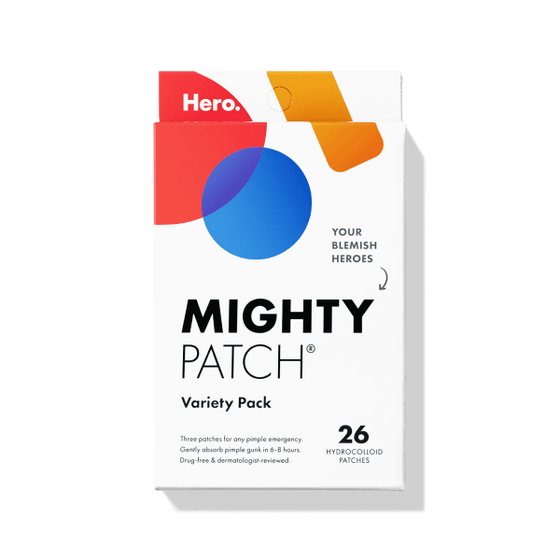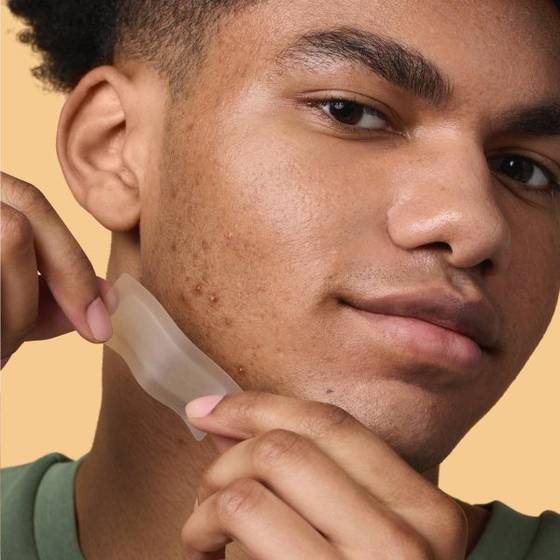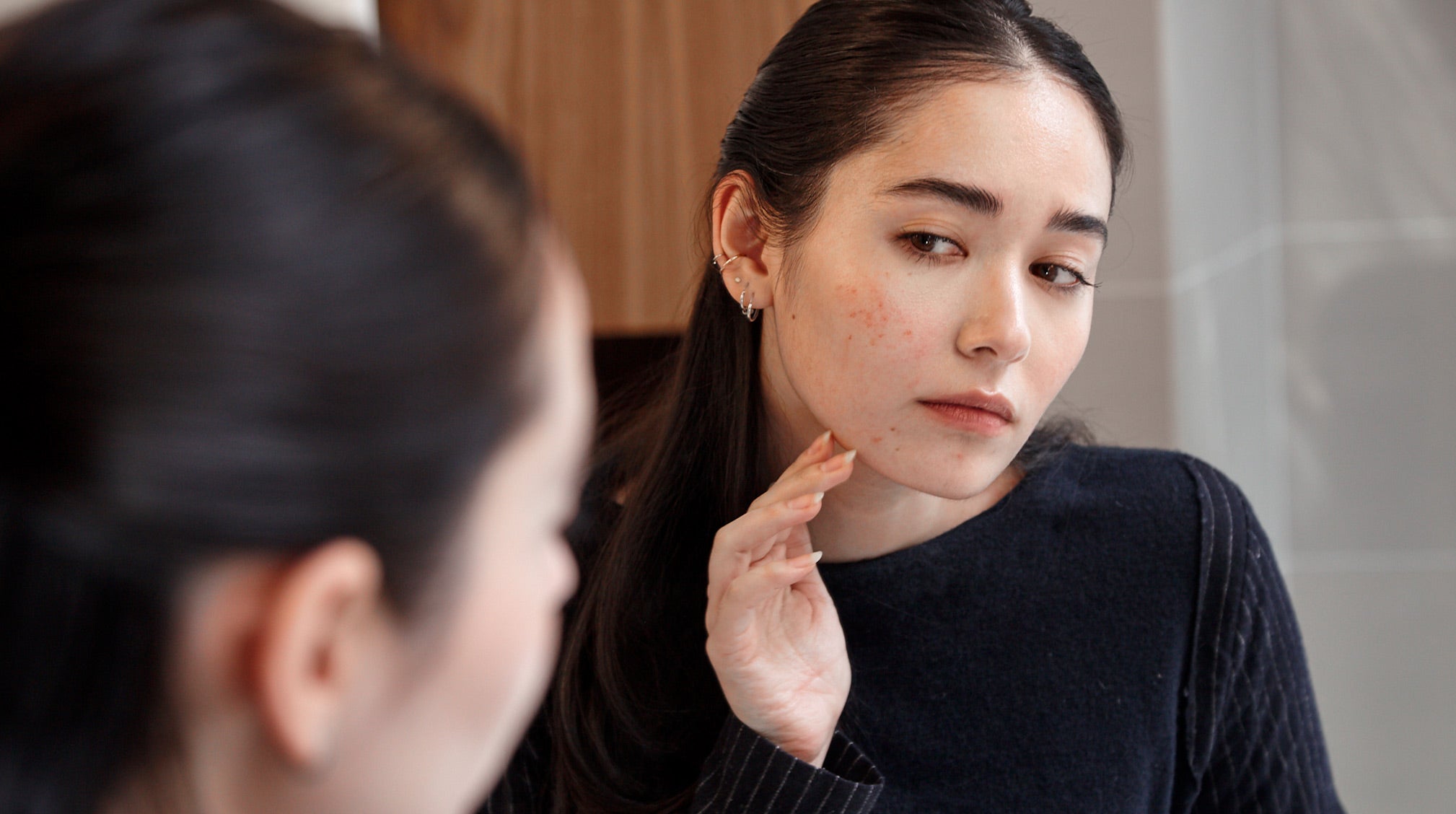
Dermatologists first pioneered chemical-based skin peeling in the mid-1800s to minimize melasma and freckles. The modern version of chemical peels was really hot in the late 1990s and early 2000s (who could forget Samantha’s chemical peel on “Sex and the City”?), and is still a popular treatment today. According to the American Society of Plastic Surgeons (ASPS), 1.38 million chemical peels were administered in 2018, which means the procedure’s popularity falls somewhere between botox (7.4 million) and microdermabrasion (709,413).
RELATED READ: What is Microdermabrasion? And How Can It Improve My Skin?
So what exactly is a chemical peel? Here’s everything you need to know.
What is a chemical peel?
A chemical peel is a dermatologic procedure during which a chemical solution is applied to the skin (typically face, neck or hands) that causes it to exfoliate and eventually peel off. The regenerated skin is usually smoother and brighter, and it is also temporarily more sensitive to the sun. It’s important to note that not all chemical peels are the same. There are three very different types of peels:
1. Superficial peel: In this treatment, which is also known as the “lunchtime peel,” an Alpha Hydroxy Acid (AHA) or other mild acid penetrates the outer layer of skin and gently exfoliates.
- Recovery:Redness for 20-30 minutes. Dryness or flaking for the next few days.
- Results: Improves the appearance of mild skin discoloration and rough or dull skin
2. Medium peel: The doctor applies glycolic or trichloroacetic acid, which penetrates the outer and middle layers of skin to remove damaged skin cells.
- Recovery: Raw, red skin (that needs to be constantly covered with ointment) for five to seven days
- Results: Reduces age spots, freckles, fine lines and wrinkles, photodamage, mild to moderate acne scars, and crepey skin or dark circles under the eyes. It can also help smooth rough skin and treat certain precancerous skin growths (e.g., actinic keratosis).
3. Deep peel: Trichloroacetic acid or phenol deeply penetrates the middle layer of skin to target more serious skin issues. This procedure is not for the faint of heart because you will basically look like a burn victim for about seven to 10 days afterwards. It’s also a one-time-only treatment and may not be suitable for those with darker skin tones, as it can cause scarring or hypopigmentation.
- Recovery: Serious peeling, crusting, redness and discomfort for one to two weeks afterwards. Your doctor will likely provide painkillers for this time period.
- Results: More pain, more gain. A deep peel removes moderate lines, age spots, freckles and scars, while dramatically improving overall skin appearance.
How effective are at-home peels?
While they can certainly help rejuvenate and enhance the overall appearance of your skin, the strength of an over-the-counter (OTC) peel is much lower than one you would receive from a dermatologist or cosmetic surgeon. Results are similar to what you would expect to see from a physical exfoliant or facial scrub.
Some of the ingredients that you’ll want to look for when choosing an at-home peel (one that will actually produce visible results) are:
- Beta hydroxy acids (or salicylic acid) to unclog pores and clear acne
- Glycolic and lactic acids (or AHAs) to gently remove dead skin cells
- Trichloroacetic acid, if you want a stronger peel that can penetrate deep layers of skin to reveal newer, smoother skin cells
- Fruit enzymes, such as pineapple, papaya and pumpkin, which help give your skin that extra glow
- Retinol to boost collagen production and encourage smoother skin
RELATED READ: Retinoid Rundown: What They Are and How to Use Them
Not just for faces
Whether on Instagram or Amazon, you’ve probably come across photos of feet shedding skin like snakes from the ‘Baby Foot’ peel, which is essentially - yes, you guessed it - a chemical peel for your feet. The active ingredients are some of the same acids (lactic, salicylic and glycolic) you would find in a facial chemical peel at the dermatologist’s office. That’s why the experience is similar - the acids penetrate the top layer of skin, break up the dead and damaged skin cells, and a few days later, the dead skin peels off to reveal feet that are baby soft and smooth.
Have you ever done a chemical peel? How did it turn out? Share in the comments below!
[[product-ad]]
